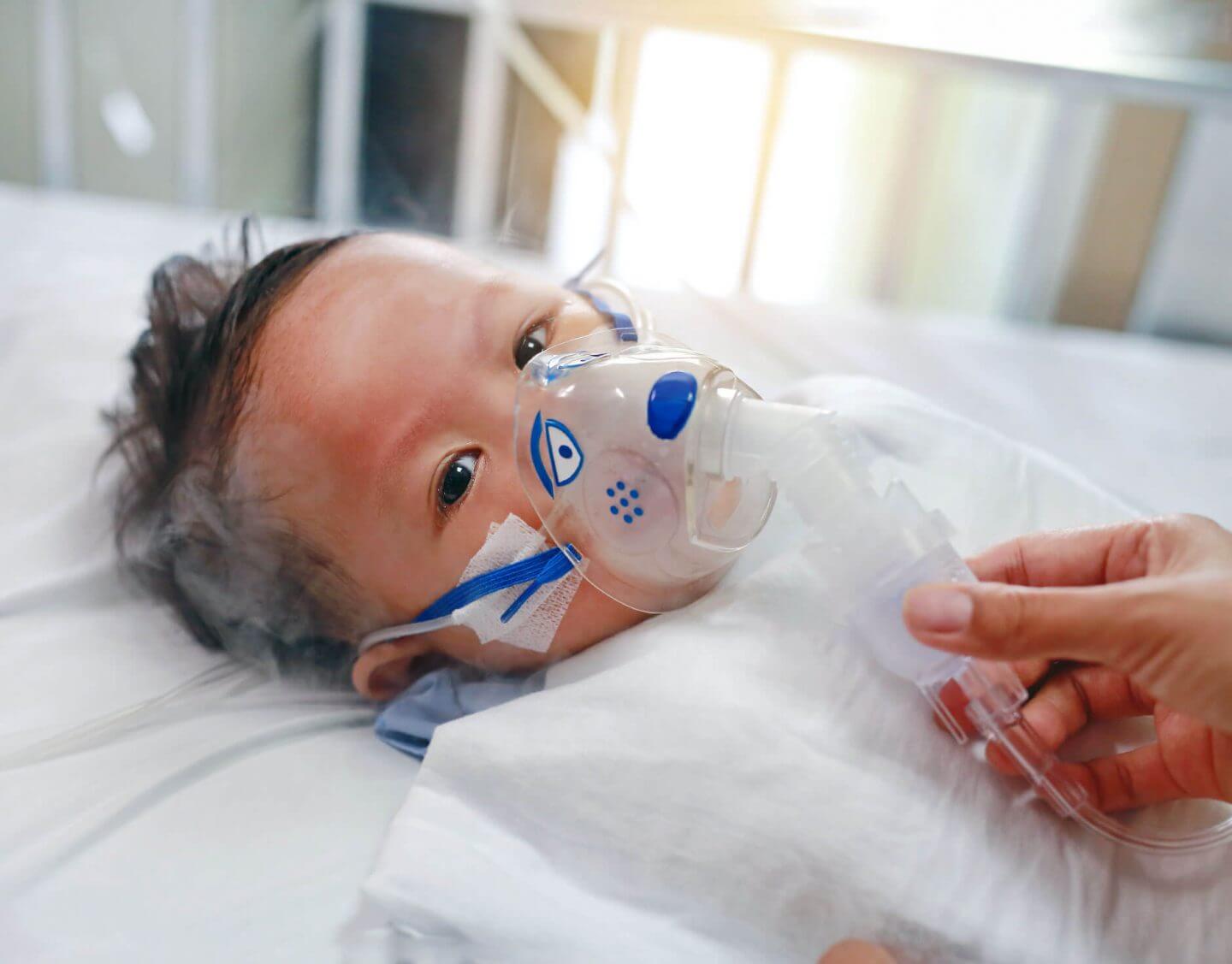Alleviating Respiratory Distress
Surfaxin, a drug created at Scripps Research, saves the lives of premature babies struggling to breathe.
A medicine that mimics biology helps infants breathe.
Get CuriousThis novel therapeutic for infants in the ICU arose from scientists working in their labs.
It’s every parent’s worst nightmare: watching their newborn struggle to breathe. Respiratory distress syndrome is the most common complication and leading cause of death in babies born prematurely. The crisis occurs because preterm infants lack surfactant, a soap-like coating that keeps the spherical air sacs in the lungs from collapsing. To meet this urgent medical need, scientists and physicians joined forces.
Combining deep knowledge in protein structure, chemical synthesis and lung biology, a team at Scripps Research began by analyzing a sample of human surfactant to isolate the protein critical to keeping lungs open. What they learned not only added to our knowledge of proteins, it also steered them toward one particular protein that ultimately proved successful in preclinical testing. The team went on to create a synthesized version of that protein, simultaneously opening the door to an entirely new class of drugs. Named Surfaxin, the novel therapy transformed neonatal care and saved thousands of young lives.
Today, our scientists continue to build on this inspirational drug discovery. Working together, we are steadily unraveling the complex molecular causes of unique diseases and developing innovative solutions that safeguard the health of our next generation.

Science Changes Young Lives
-
Proteins to Pediatrics
By analyzing the structure of proteins in human surfactant, scientists paved the way for a novel pediatric therapy.
-
A Biological Mimic
Surfaxin coats the air sacs of the lungs, enabling them to stay open, just as normal surfactant does.
-
A New Class of Drugs
When our scientists created Surfaxin, they also created an entirely new class of drugs.
-
Knowledge Begets Knowledge
Researchers are using the science behind Surfaxin to develop other therapeutics that help premature infants.